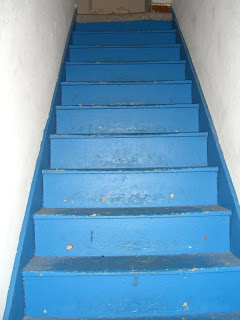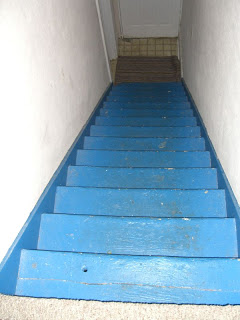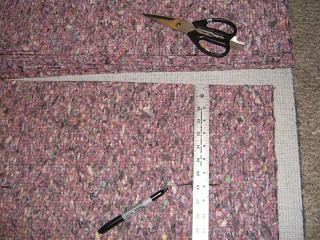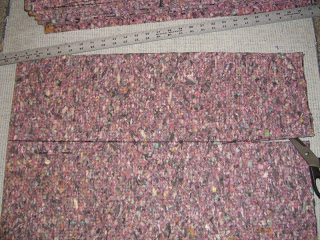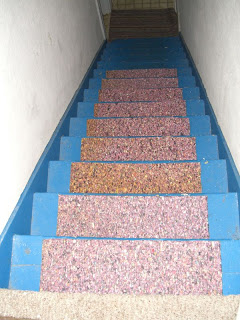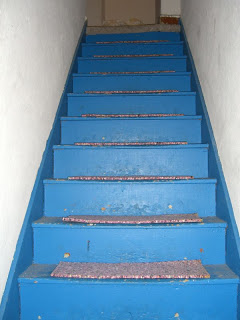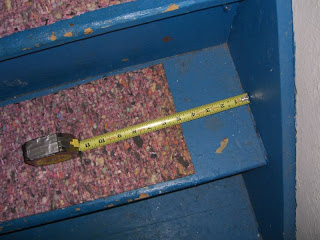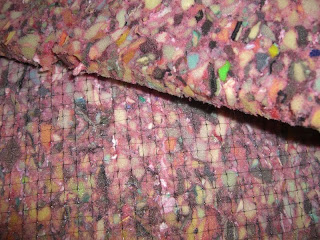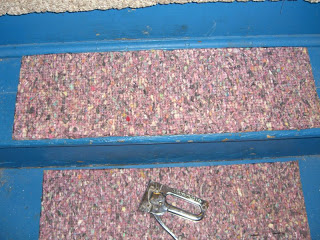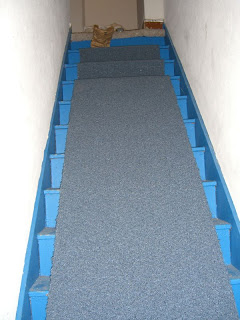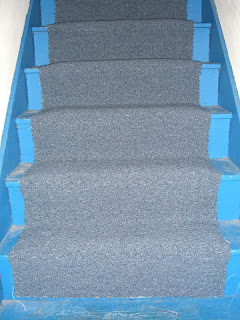Archive for category stairway
Stair carpeting
A staple gun with 10mm staples was enough to hold the padding in place. I put at least 10 staples into each piece, four each along the top and bottom, and one additional centered on the sides.
Project Week, the sequel
No work this week, so the plan is (was) to repeat Fall Break where I worked from early to late on the house doing numerous projectsd small and large. Monday got off to a slower start than I’d like, plus this week I do have one responsibility – Street Law at the high school every afternoon helping the students prepare for a moot court in front of the city council on Thursday. But I did manage to get some bits done in the afternoon and evening – more cleaning in the back room, installed the banister in the back staircase, and tackled cleaning the stove. Both Comet and baking soda and vinegar cut through some stuff, but it’s been six months of college students and me using that thing, so it’ll take more elbow grease to cut the grease.
Still working on the stand pipe cover – more blowtorching planned for tomorrow.
I was hoping that cleaning the stove top might reveal why the oven isn’t lighting. When I turn the oven knob, the igniters all spark, but there is no sound of gas flowing as there is when you turn on any of the burners. This unit has a main feed line that runs along the front of the stovetop under the cover, with six ports for the burners and a separaate distribution – two lines (one pilot, one main I assume) for the oven. No visible clogging or grease on that distribution, but I haven’t taken a wrench to the two lines to peer inside yet. No idea what to do if there’s not an obvious clog though.
